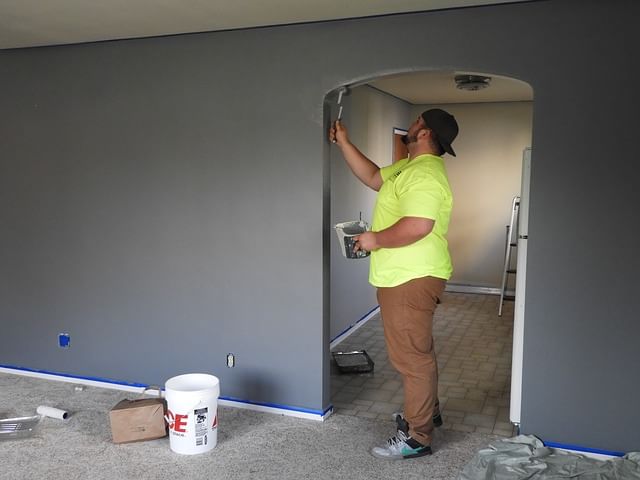Can home renovation reduce your capital gains tax?
Taxpayers should keep all the invoices and bills for claiming the expenditure incurred towards renovation for claiming this as 'Cost of Improvement'

Selling property at a profit and saving the capital gains tax by investing it in another property is a common phenomenon. But did you know about further tax deductions that can be claimed for renovating your property as well? The capital expenditure incurred by you on house renovation is considered as part of improvement cost and therefore, it is deducted while computing the taxable capital gains.
Let us take an example: You bought a house for Rs 5 lakh in 2002. Seven years later, you renovated the same property at a cost of Rs 5 lakh. In 2020, you sell this property for Rs 50 lakh. Now if we calculate the capital gains without adjusting the cost of inflation, it will come to Rs 40 lakh. This is after subtracting the cost of acquisition and renovation. However, after adjusting the cost of inflation, the capital gain would come much lower.
Home renovation
“Any capital expenditure incurred by the assessee to make any addition or improvement in his/ her house is treated as ‘cost of improvement’. Thus, if renovation cost is in the nature of capital expenditure only then such renovation cost can be considered as ‘cost of improvement’ for the house property. The expenditure incurred on renovation or modifying the structure of the house to make it habitable is allowable as a deduction,” Tarun Kumar, Chartered Accountant and Direct tax leader – Coherent Advisors, said.
It is important to note here that only the expenditures incurred on or after April 1, 2001 are allowed to be deducted. Therefore, all capital expenditure incurred on or after April 1, 2001 shall be deducted while calculating the capital gains. If the house is acquired by the assessee before April 1, 2001, any expenditure incurred on renovation incurred prior to April 1, 2001 shall be ignored but those occurring after this date shall be taken into account while computing the capital gains.
How to claim deduction on house renovation?
Taxpayers should keep all the invoices and bills for claiming the expenditure incurred towards renovation for claiming this expenditure as ‘Cost of Improvement’.
“While computing the income under the head capital gains, the cost of acquisition and cost of the improvement is allowed to be deducted from the net sales consideration. The cost of improvement for house property implies all expenditure of a capital nature incurred in making additions or alterations to the house property. This includes renovation, construction, re-construction, repair, and any other expense which increases the life or value of the property,” Kumar explained.
He further said, “The benefit of indexation shall also be available for the amount incurred on renovation in case the house property sold was held for more than 24 months (i.e. long-term capital asset) by the taxpayer. The indexed cost allows a higher deduction to neutralise the effect of inflation. Thus, in the case of long-term capital assets, the indexed cost of renovations shall be reduced while computing the capital gains.”
The indexed cost of improvement shall be calculated in a two-step process. The first step is to calculate the cost of improvement of the house property. In the second step, such cost of the improvement is multiplied by the cost of inflation index (CII) of the year in which the house property is transferred and divided by CII of the year in which the cost of the improvement is incurred. The CII is notified every year by tax authorities. For the financial year 2021-22, the notified CII is 317.
Inherited property
In the case of inherited properties, the cost of improvement will be the cost of improvement incurred by the owner and the previous owner.
“Thus, if the house property became the property of the assessee by inheritance, the cost of improvement shall include any expenditure of capital nature incurred on or after April 1, 2001, by the previous owner in making any additions or alterations to the property,” Kumar asserted.